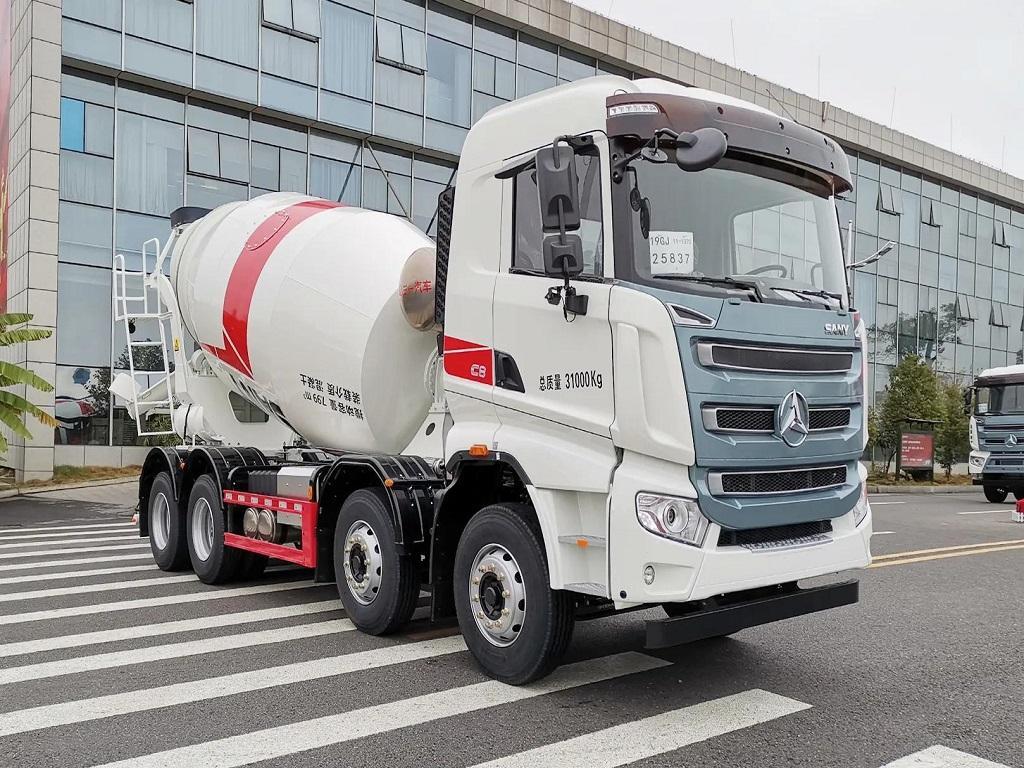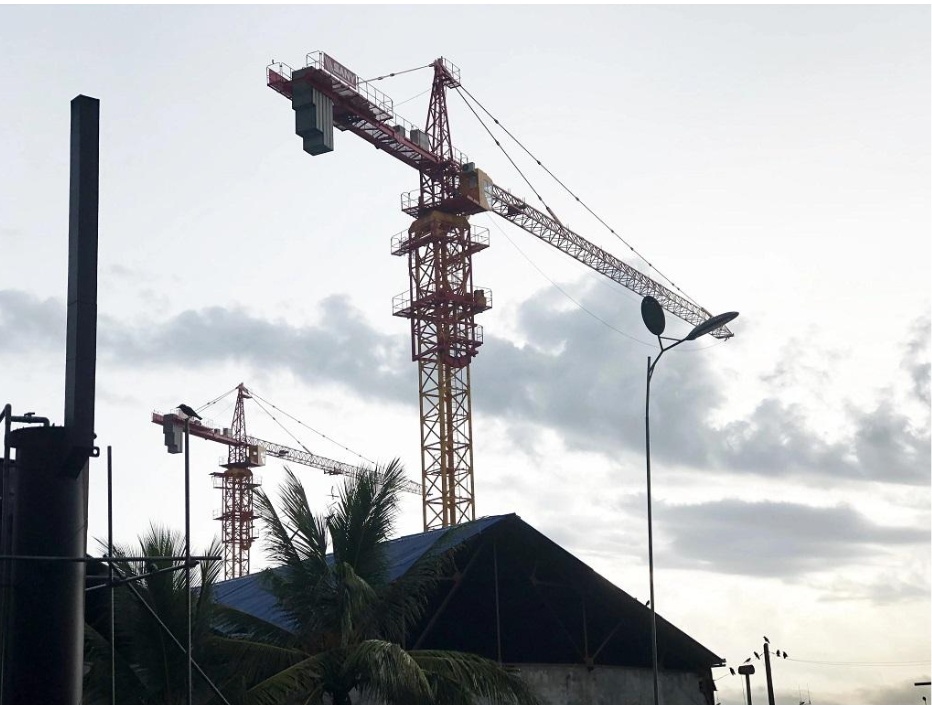This has always been a problem when it comes to estimating costs in large projects such as construction, Electrical Engineering Services, information technology systems, and so on. Historical cost-estimating approaches are largely based on estimates and assumptions made by various personnel. This most of the time results in imprecise and inaccurate estimates about the budget, and hence more costs are incurred.
The use of analytical probabilistic methods can enhance the precision and reliability of cost estimates for intricate projects. Predictive analysis, on the other hand, utilizes historical data, statistical models, machine learning techniques, and much more, to derive more accurate estimates.
Cost Estimates Play a Crucial Role in Any Project
Failing to estimate the costs accurately affects budgeting, resource distribution, profitability, and competitiveness of bids for projects. It is also undesirable to overestimate since it leads to the loss of bids and opportunities. It is important to have the right estimates right from the planning and implementing stage.
Some key reasons why accurate estimates matter:
- Encourage reasonable expectations of project funding and costs.
- Resource and capacity management
- Creating a buffer stock and risk management
- Increased chances of success in bids and tenders
- Improved project governance and accountability
Main Issues With Traditional Cost Estimation
Most of the large engineered projects involve many interrelated activities and dynamic environments and have constraints, which make cost estimation a very difficult task. Some key issues with traditional estimation methods:
- Depend largely on the past experiences and perceptions of each member of the team.
- They have very few ways left to model uncertainties.
- Difficulty accommodating all the factors and their interrelationships that affect the decision.
- Lack of historical data in extraordinary or one-off projects
This leads to optimistically biased, inconsistent, and erroneous estimates that often fail to achieve set targets.
Impact of Predictive Analytics on Estimation
Predictive analytics utilizes various statistical methods, modeling, and machine learning on historical data to establish variable relationships, trends, and precursors affecting costs. Some key capabilities that enhance estimation accuracy:
- Statistical Analysis: Regression analysis reveals cost relationships and cost causes to identify costs. The cluster approach helps better forecasting as similar projects are grouped.
- Forecasting Models: Such methods of time-series models, for instance, ARIMA, examine trends and sequences of seasonal patterns for accurate forecasting.
- Machine Learning: Algorithms can describe higher-order interactions between numerous variables that affect costs, and these interactions are nonlinear.
- Stochastic modeling is better at dealing with uncertainties and risks. Another feature of Bayesian methods is that they also update estimates as and when new information arrives.
These techniques aggregate large amounts of historical information to create forecast models that are specific to a company or a certain type of project. This minimizes biases and guesswork, hence providing accurate cost estimates.
Selection of Correct Analytics Models
With so many predictive analytics techniques available, it is essential to choose the right approach based on data availability, problem conditions, and estimation needs, including:
- The degree of precision required
- The cost components to be estimated are the following:
- Completeness and accuracy
- Time, and budget constraints
- Handling uncertainty
Such cross-disciplinary teams of data scientists, estimators, and subject-matter experts can accurately identify the most suitable analytics models, including those specific to the estimation needs of the project in question.
Implementation Best Practices
Predictive cost estimation needs a strategic approach and resources on how it is going to be incorporated into the working systems and processes. Some best practices include:
- Gradual implementation with pilot projects for specific project types
- Frameworks for data collection, model development, and updating.
- People cost involvement and management buy-in through participation and training.
- Be easily incorporated into other estimation systems and instruments for convenience.
- Integrate the flows of data between the models used in making predictions and reporting tools.
Professional competence is crucial for model development, technological implementation, organizational transformation, and continued value creation.
Use Cases and Impact
The use of predictive analytics to support cost estimation has grown significantly in capital-intensive industries to enhance the planning of large complex engineered assets and projects.
- Construction Engineering Services: Machine learning models using ten thousand parameters of past commercial building projects can predict total costs from design concepts to within 5% to facilitate the design-to-cost process.
- Restoration Services: National restoration service contractors use analytics to generate or calculate automated damage estimates. Xactimate Estimate Writers also rely on historical claims data. AI-based platforms work in parallel with other estimation reporting systems and do not require dispatching onsite inspectors.
- Flooring Estimation: It is possible to use 360-degree high-definition imaging and machine learning algorithms and get instant flooring project quotes after a customer uploads room images. This does away with measuring and quoting by hand. They are also used in choosing materials and where to place the seams to improve the aerodynamics of the bike.
These show improved estimation speed, customer satisfaction, operations, and the reliability of cost estimates.
Conclusion
When it comes to approximating costs for big, complicated projects such as engineering services, Flooring Estimating Services, or restoration undertakings, it has always been rather difficult. Traditional approaches have serious drawbacks that result in incorrect and imprecise values. It is possible to achieve a radical improvement in estimation by adopting predictive analytics based on statistical, stochastic, and machine learning models. When used effectively, the tool brings a great deal of value in terms of better cost forecasting, increased win rates, reduction of risks, and optimization of processes. It is thus pertinent for project-based companies to integrate predictive intelligence within their estimation systems and start realizing the benefits.










